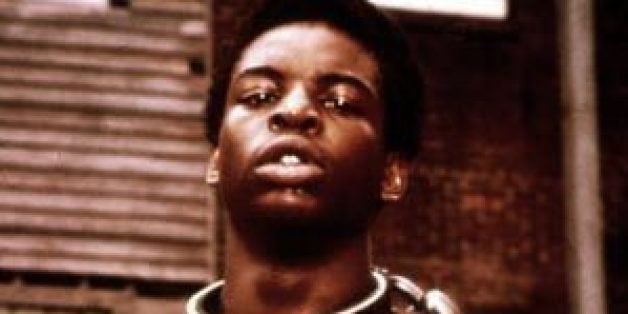
After "Roots" first aired on television in 1977, a number of scholars and journalists questioned the veracity of Alex Haley's story, some even suggesting that Kunta Kinte was simply a fictional character that Haley created. When I took on the job of serving as a historical advisor to the new "Roots," I asked only this question: Could a person named Kunta Kinte have lived in Juffure, a town on the Gambia River, and been enslaved and carried to Annapolis, Maryland, on the Lord Ligonier in 1767? It didn't take much research to answer each of those questions with a resounding "Yes!" So with that in mind I set out attempting to describe what Kunta Kinte's world was like.
Archaeology conducted in 2004 and 2006 by Liza Gijanto, an assistant professor of anthropology at St. Mary's College of Maryland, confirmed that Juffure (in the kingdom of Niumi) was founded around 1400, reached its peak in the 1600s and 1700s, then slowly declined, so that the present town is a mere shadow of its past. When Kunta Kinte lived there, the town probably held 6 or 7,000 people, and it was a very short walk to another town, called Albréda, which had a slightly larger population. Yet another town, São Domingo, was located a few miles down the river. According to a French witness from the time, the whole region was a sort of cluster of towns, each with streets, walks, and squares, while some 80% the countryside around it was mostly cultivated fields.
Portuguese who resided in Juffure in the 1500s introduced a house design that was called "Portuguese style" -- rectangular with outside pillars to hold up thatched roofs, and by Kunta Kinte's day this style had become general so that these rectangular houses were the normal housing style of all the towns in the area.
It was a commercial town, and had a cosmopolitan population. In addition to Mandinka, the majority language of the town, people spoke Wolof, Serer, Fulbe as well as Portuguese, French, and English. The remains found by Gijanto showed an amazing array of artifacts from all corners of the globe.
In the 1730s, the town had a Roman Catholic Church, although it's not clear if it was still standing in 1767. The Portuguese (who by this time had intermarried so much with Africans that they no longer had any visible European ancestry) had constructed a new town, São Domingo, just down the river. But Catholic church or not, the town was decidedly Muslim. Niumi, in fact, was held to be the most devoutly Muslim region in the whole of coastal West Africa, and both Juffure and Albréda hosted mosques.
The Kintes were relatively new to Juffure, having arrived only about a generation before Kunta's birth. They were a Juula family, and Juulas were primarily known to be merchants and Islamic scholars. Juulas had connections through their trade and scholarship throughout West Africa, and their brightest students might study at regional schools like Jakha, or if they were extraordinary, even at Timbuktu's venerable university.
As merchants, however, the Kintes were involved in all manner of commerce, including the slave trade. Muslims intellectuals had been arguing for half a century over the fine legal points of the slave trade, whether it was legitimate or not, whether Muslims could be sold to Christians, and so on, and the Kintes might have participated in such discussions. In 1758, a Muslim ruler had briefly banned the slave trade farther north; in 1776, another had threatened traders who intended to sell Muslim slaves with execution. But most Juulas sold slaves to whoever would buy them, and the Kintes at least some of them, were in that group.
It is somewhat remarkable that a person of Kunta Kinte's status would be enslaved -- usually middle class people could be redeemed by their relatives, and slave traders would be happy to sell them back to their families for a high price. So, why would Kunta Kinte be sold?
The answer to this lies in the specifics of the time. In the mid-1760s, the English post at James Island was held by Joseph Debat, a young and impetuous man without much sense. He became involved in a dispute with the king of Niumi and the two sides began seizing hostages. In one notable case, English soldiers, engaged in a firefight, accidently blew off three fingers of the queen of Niumi's hand, and in 1768, the year after Kunta's deportation, some 500 Niumi troops attempted to storm James Fort. While the attempt was unsuccessful, it eventually led to Debat's departure and the resolution of the problem.
Somewhere in that confused period, someone decided that Kunta Kinte would be sent abroad in spite of the entreaties of his family and the promise of a substantial ransom. Perhaps it was revenge, or hatred between factions of the Juula or with one of the traders, but it was final.